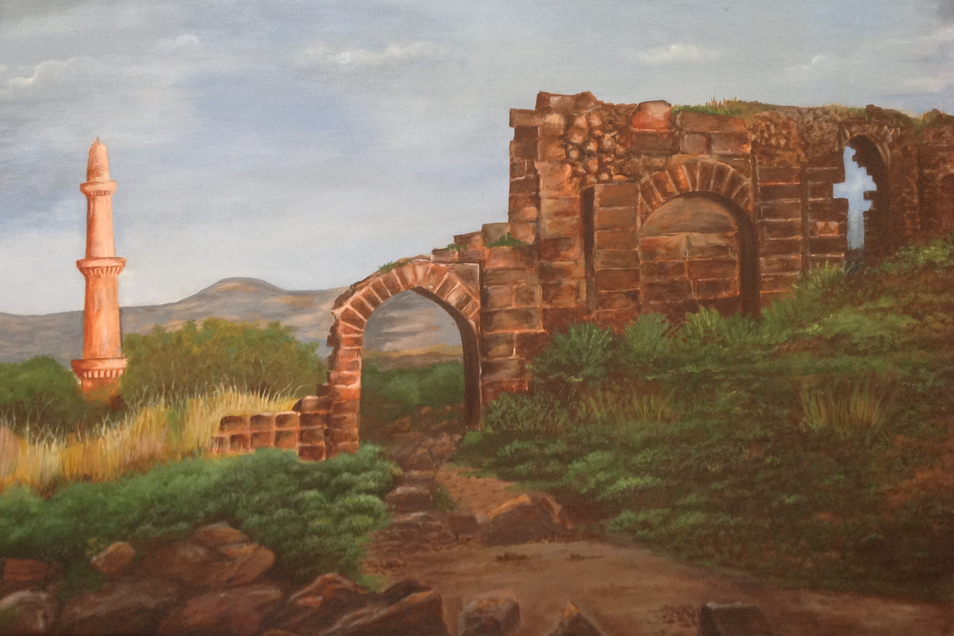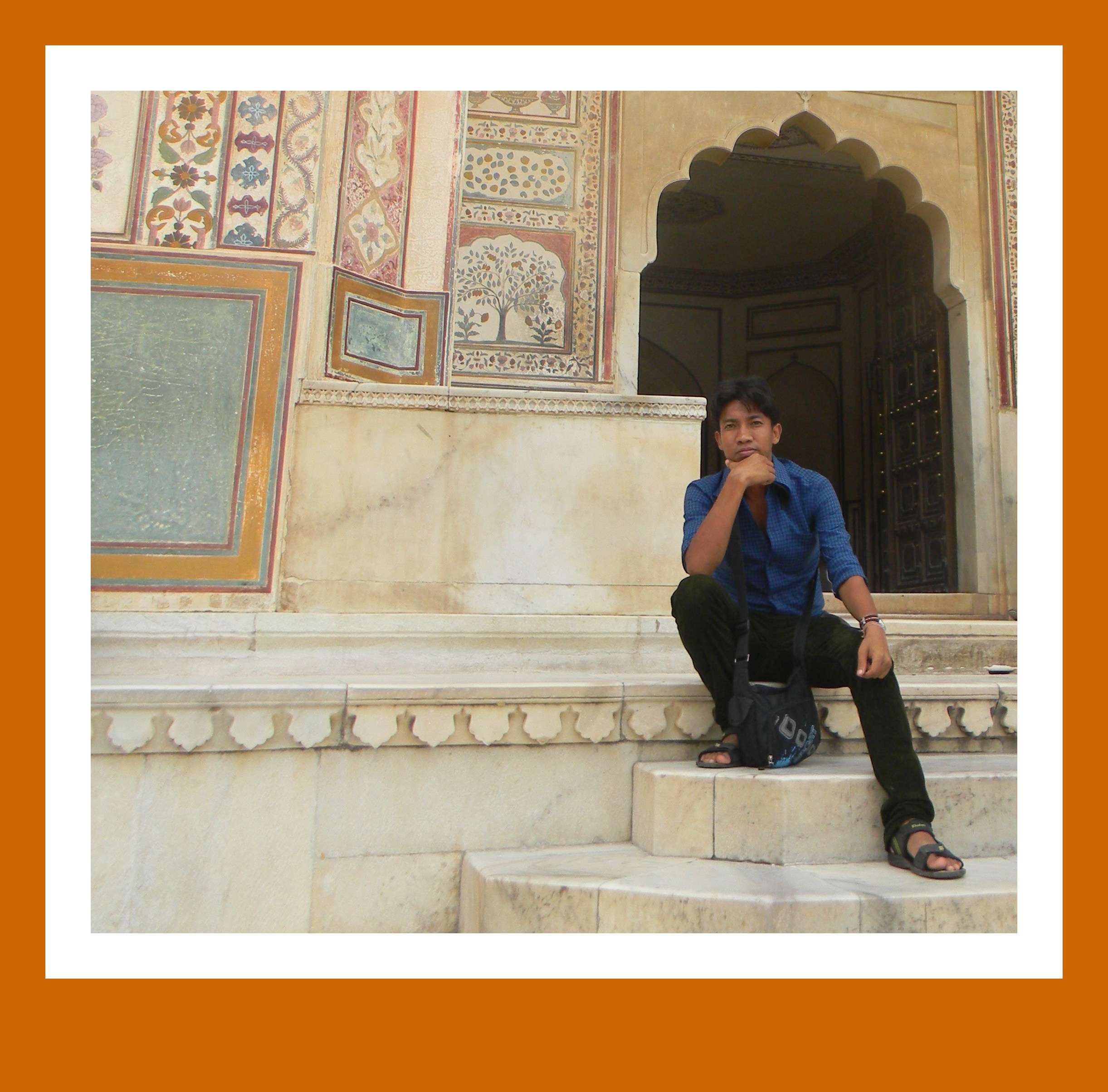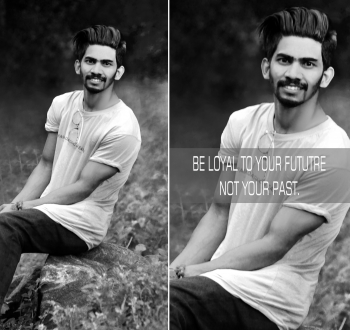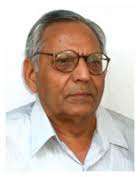
Art is a way of creating designs out of imagination or for expressing certain emotions. Songs, dance, painting, poetry, literature or any other medium of art is a requisite for people to attain inner harmony. If people can relate to the particular form or design, it can gain a wide appeal and recognition. Indians could relate to Indian traditional paintings and use them as a medium to be in touch with cultural and traditional aspect of India. Similarly, modern artistic styles relate to the real world or the existing generation. It undergoes various classifications where different types of emotions are showcased or sometimes they represent the beauty existing in the world. Landscapes are one such example. One distinct form existing in that area is “Expressionism”.
What is expressionism?
It originated in Germany in early 20th century. It was an experimental and innovative style developed before First World War. Popular in Weimar Republic, this style had a variety of forms including dance, movies, painting, literature, etc. It was a modern movement where artists felt the dire need to express their own views, emotions or beliefs of the world. These art forms evoked moods or ideas of expressionists. The term often refers to certain apprehensions of a person. It made the viewers visualize their inner emotions.
In order to bring out the exaggerated emotional effect, artists used dazzling colors and unsettled brush strokes. The space in the paintings lacked coherence. It seemed as if these spaces were thrown out of any orderly sequence. A dynamic application of texture, tone, shapes, pattern and color is done by the artist to obtain a perfect piece. It is important for the artist to intensify expressions in their art forms, for a wider appeal.
Fauvism movement
It was the first 20th century movement for modern art. Art works of Vincent Van Ghosh and Paul Gaugin were basic influence behind it. Henri Matisse and Albert Marquet were other prominent artists in the movement. They admired the work of their pupils who laid emphasis on personal expression. They used bright colors extensively in order to depict light and space accordingly. They treated colors as a way of conveying psychological state of people. They used colors independently without making them represent any specific purpose or form. They defined colors as something which did not need any structure to relate to naturalism. The simplified forms of use of colors on canvas thus brought attention and admiration by the viewers. This movement favored the theory that artist’s own experience or emotional response to nature is more significant in art creation.
Pioneers of Expressionism
- Van Gogh: He was a Dutch artist of 20th century. He painted landscapes, portraits and self portraits. Most pictures of Van Gogh depicted autobiographies. Others were a sort of assembly of his thoughts and feelings. His genuine intentions of such paintings have influenced other artists who still try to compete to his level. His exceptional paintings have been exhibited in Amsterdam at Van Gogh Museum. Van Gogh shot himself due to a mental illness and his later paintings were considered relatable to it.
- Paul Gaugin: He was a French artist whose works were reputed when he died. His use of colors was very different from Impressionism. His works were even appreciated by Van Gogh. The extensive use of bold colors was widely acclaimed. He also worked with Edgar Degas.
- Edvard Munch: A Norwegian painter, who generously used psychological themes. His works are exhibited in Munch Museum in Oslo. His famous painting includes “The Scream”, ”Anxiety”, ”Madonna” and so on.
I think it is required for a person to express his angst and emotions in some way or the other to attain peace. Some can do by communicating to a person; others need to do so in form of art. Be it dance, music or paintings, they all come out to be beautiful creations. One can even buy traditional Indian art or modern art to remain intact with how they feel on the inside. Whichever way it be, lead yourself towards a calm soul.





















